

The ZZ Plant, who’s actual name is Zamioculcas zamiifolia, is pretty popular with plant parents everywhere, both beginner and advanced. It’s typically dubbed a “plant of steel” which basically means it’s hard to kill and resilient to overwatering, accidental dropping, ignoring, verbal mocking, and dungeon lighting.
Aside from them being easy, ZZ Plants are pretty cool – they have super shiny leaves, grow in a strange futuristic way (like up and out, but the leaves face in, I don’t know, just weird), and may or may not have deceived me into thinking they’re fake last year in a mall.
I actually don’t own one of these and, typically, I don’t write about plants I don’t own. But lately, my inbox has been filling with the same questions: Are ZZ plants toxic to pets? Is it possible to have a ZZ Plant with cats or dogs? Considering this is a blog devoted to pets and plants it was time for a narrative on the ZZ plant.

Are ZZ Plants Toxic To Pets?
The short answer is yes, they are, to cats, dogs, and people.
Like many other plants that make up the toxic pet list, ZZ plants produce calcium oxalates which is a serious irritant internally and externally. Like rubber trees, broken leaves produce a sap that can get onto human skin and cat mouths. This sap contains these crystals which then leads to irritation on skin and internally if swallowed. It’s important to take special care when handling the plant to make sure no leaves break during the process. I like to tell people to wash their hands after handing ZZ plants, too, since a few have mentioned they break out in hives after touching it.
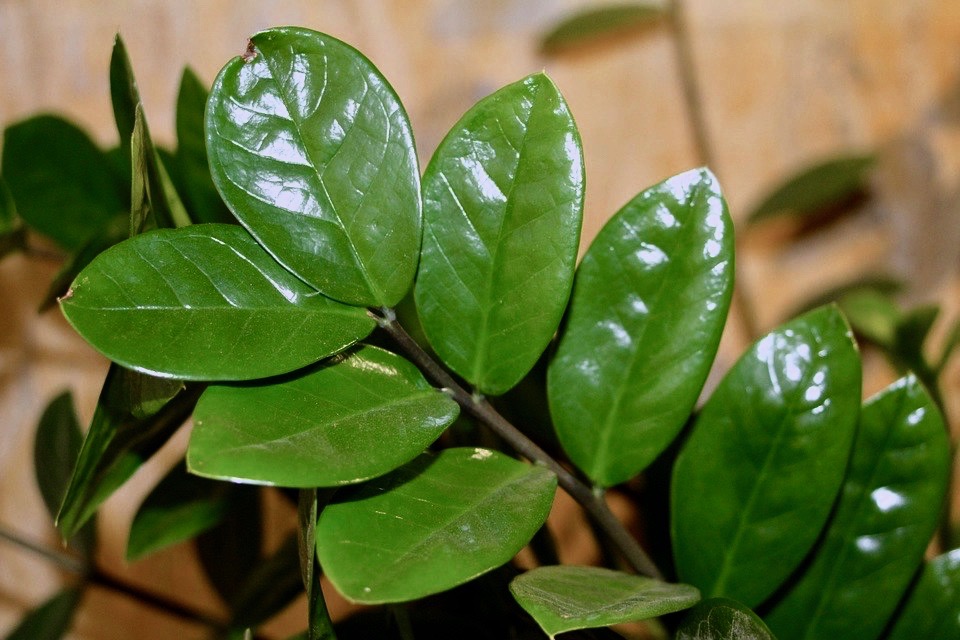
As many of you know I have a few technically toxic large leafed houseplants, which my cats do not touch. They still show interest in small-leaf plants sometimes, so I still prefer to shy away from plants like the ZZ with more petite leaves and stems. My two lovely cats also rub their faces on EVERYTHING. That everything typically consist of plants, so the thought of a leaf breaking and releasing a toxic sap is not something I’m into.
There are still plenty of people who own ZZ plants with pets, and they can co-exist with proper plant placement. Shallow shelves that are high up, hanging planters and tall plant stands are all simple ways to keep plants like these out of a paw’s reach. Remember, if you think your pet has eaten any type of toxic plant, call your vet immediately.
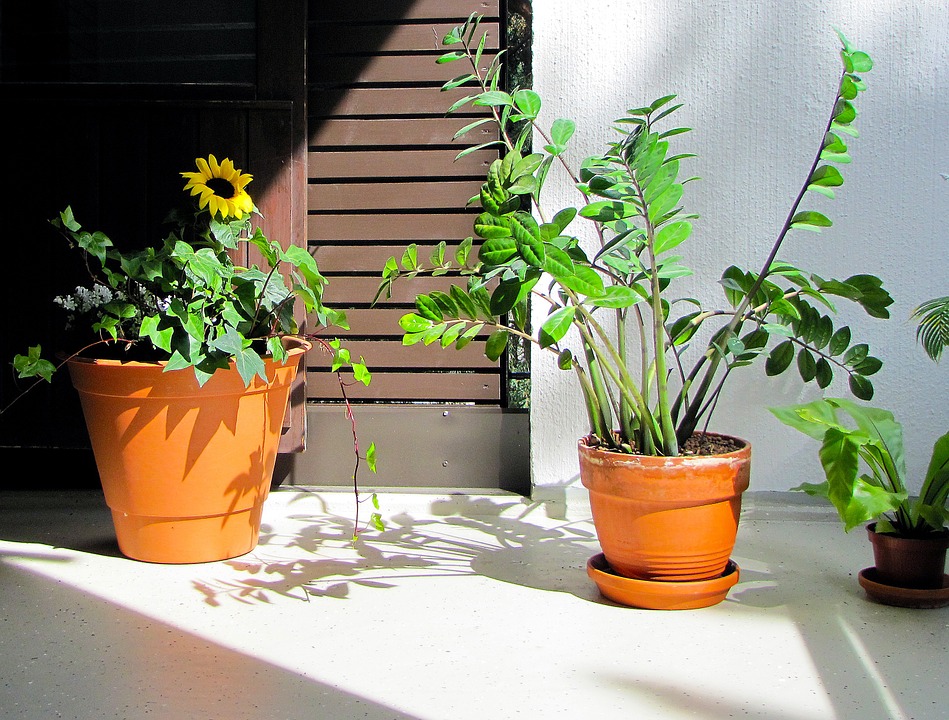
Basic Care
For those of you who are not pet parents, ZZ plants are still awesome and a great plant to add to your leafy collection. ZZ plants are simples plant who is a bit of a introvert and doesn’t mind being ignored. Give them the right care and attention though, and they’ll probably love you forever.

Light: ZZ plants grow quicker and happier if you give them what they actually want. While they can tolerate medieval dungeon conditions, they prefer medium filtered sunlight (or artificial light in your office). Keep out of direct sunlight which scorches leaves. With steady light and some humidity, they’ll grow quicker, taller and more evenly.
Watering: Similar to Sanseviera, ZZs grow via rhizomes underground which store water, which is why they don’t really care if you water them. They can basically hold their own but prefer if you water them when the soil is very dry, typically once every two weeks.
Soil and Feeding: ZZs do fancy a monthly feeding of a basic fertilizer, I typically use Jack’s for most of my plants. As far as soil, they prefer dry bottoms over a wet dirt diaper. If anyone were to kill a ZZ, it would be due to overwatering and moldy roots. Some basic potting soil with a handful of perlite and stones mixed in provides the perfect amount of drainage.

Propagating ZZ Plants
Incredibly easy to propagate, ZZs can be divided up a couple ways:
Separated by rhizomes. If you ever separated Hostas you know what I mean. ZZs don’t really mind being rootbound (look above at this monster ZZ courtesy of Andrea of @basilicana), so you can literally cut a chunk of the plant rhizome from the rootball and replant it in soil.
Propagation in Water. The prettier way to propagate these is in water. To start, you first need a stem 10″-12″ in height with a few leaves on it. Trim this stem off of the plant and place it in a glass vase in filtered water. I’d change the water every week or so. In about 6 weeks you should see some roots growing. They can be planted shortly (another couples weeks or so) after that. For more info and photos, botany queen Nell has a great step-by-step guide here.

ZZ Plant Varieties
I have noticed ZZs popping up in big box stores like Lowe’s and Home Depot, but they are also readily in small garden shops like The Zen Succulent (see Megan pictured above) and available online. Typically, the shiny green Zamioculcas zamiifolia are the most common. but other varieties are available too. A purple ZZ from Costa Farms’ called Zamioculcas “Raven” won Best New Plant in 2018 (below) and a smaller variety is also available from Hirts called Zamioculcas ‘Zamicro.’
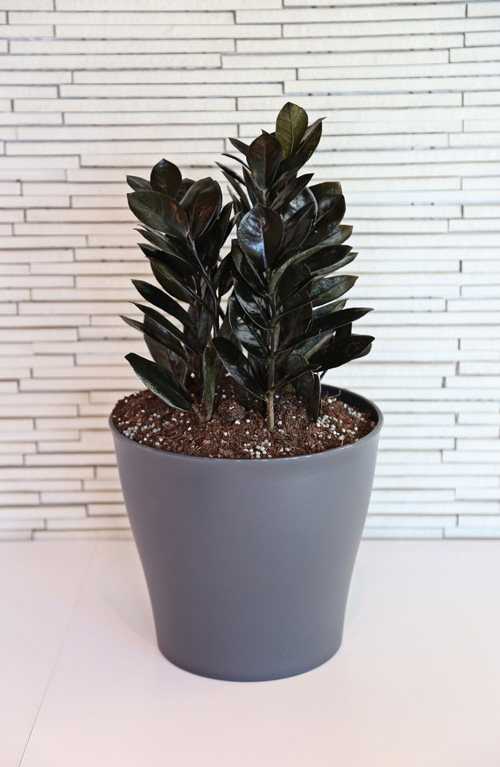

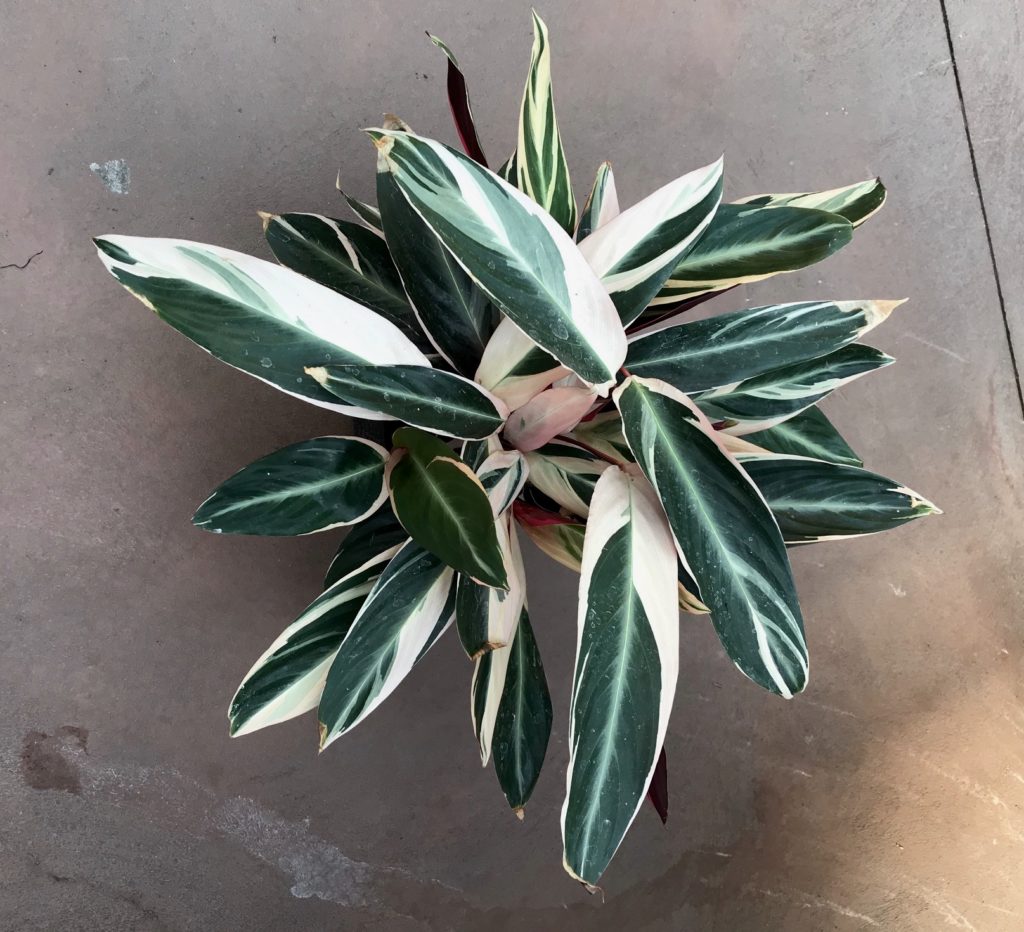
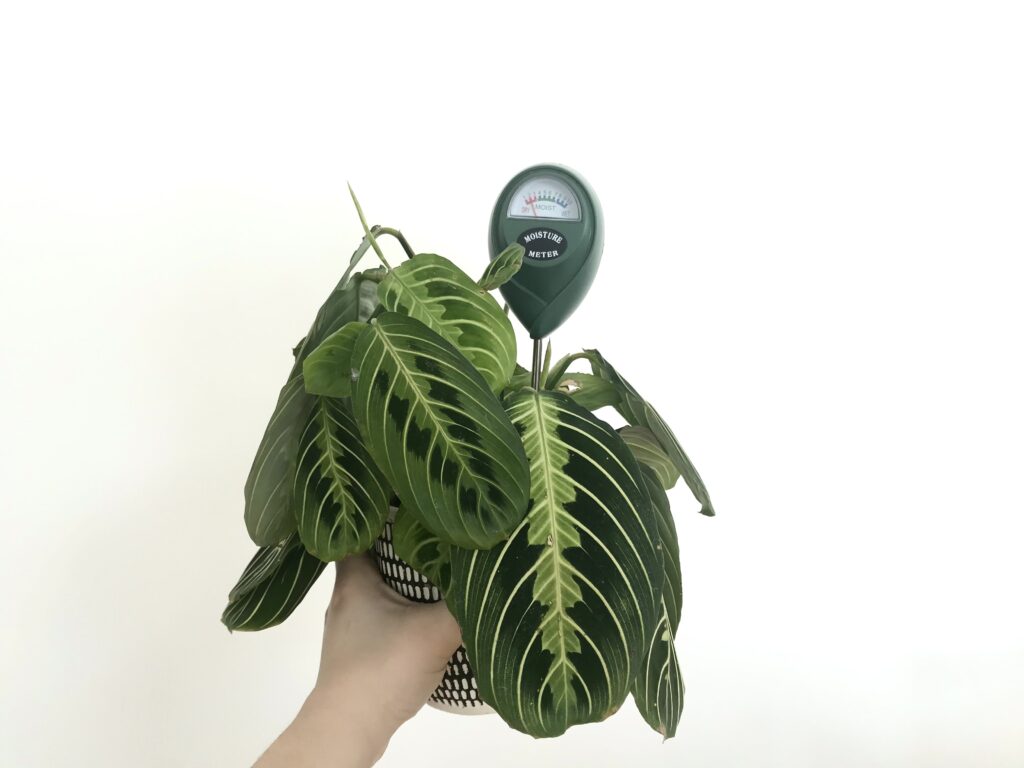
I love my ZZ plant and it’s very happy here. I cat sit 1x week in my apartment. Archibald (cat) loves Bruce (plant). I’ve caught him licking the leaves a few times. Bruce is huge, both tall and wide. I tried putting him in the closet (Bruce) but it’s really hard to do and even going through doorways is nearly impossible. Is there any way I can keep Archer away without having to torture poor Bruce?
Hi Susan! I would try something narrow to put Bruce on, like a small table, plant stand or pedestal, something with a small enough diameter so Archibald cannot jump up comfortably. ZZ plants are pretty toxic so any licking or gentle biting can be bad, especially if it’s not your cat. The table idea usually works – otherwise you can try putting a large garbage bag over him for when Archibald is visiting and removing it when he leaves. A clear garbage bag would do no harm and actually provide some humidity. Hope that helps!
They are the balance of my life.
The article was good
The NASA study was done in a hermetically sealed spaceship, not a home where the air flowing in and out of the building’s envelope replaces the air every hour or so. Plants don’t have a chance to do any purifying, whatsoever. Total myth.
This is totally true Emily, but they do help with allover air quality. While it may sound like they “rid the air of all toxicity” that is not true like you mentioned, but they do help improve the air in your home.